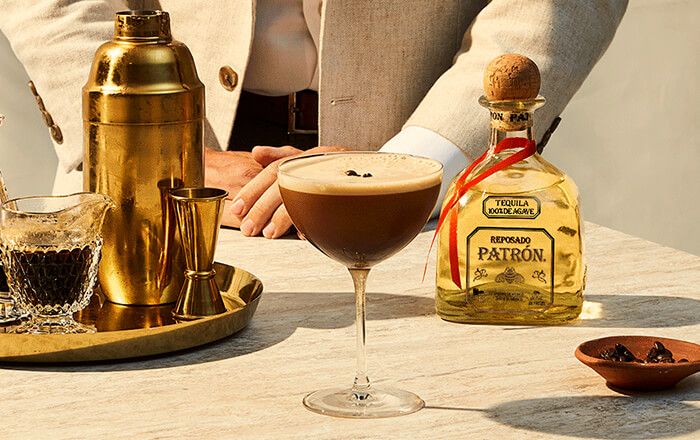Know Your Tequila Varieties—and How to Enjoy Them
Learn about the different PATRÓN tequila varieties and discover the best way to enjoy them.
Mar. 31, 2024
How to Enjoy the Different Kinds of Tequila Varieties
Tequila is deeply rooted in Mexican tradition, and is distinguished by its diverse varieties, each offering a unique flavour profile and production method. Blanco or silver tequila is bottled immediately after distillation and offers a pure and vibrant agave taste. Reposado is aged for two to twelve months, and imparts a smoother taste with a subtle oak flavour. Añejo is matured for one to three years and develops a richer, more complex woody flavour. Extra añejo is aged for over three years, and results in a tequila with deeply nuanced flavours and an exceptionally smooth finish. These categories showcase tequila’s versatility and its ability to cater to a wide range of palates, from those who prefer the straightforward agave flavour of blanco to connoisseurs who enjoy savouring the depth and complexity of an añejo or extra añejo.

Today, there are 160 distilleries that produce about 2500 tequila brands, but PATRÓN Tequila only makes PATRÓN; just check the NOM number on every bottle to see for yourself. This four-digit number indicates the tequila producer and is regulated and enforced by Mexico’s Consejo Regulador del Tequila. Still, appreciating tequila isn’t as simple as knowing where it’s made or who does it best, and sometimes there just isn’t an answer to which is the best tequila for cocktails. Understanding its different varieties will help you decide which one’s for you—and how best to enjoy it.
PATRÓN Tequila Varieties

PATRÓN Silver
For those who prefer the purest and freshest agave flavour, go with
PATRÓN Silver, which is our unaged tequila handcrafted with 100% Blue Weber Agave. It’s the perfect tequila for mixing margaritas and mules. Try it in these cocktails:

PATRÓN Reposado
As tequila ages in its wooden barrels, it changes colour and flavour.
PATRÓN Reposado picks up a golden hue as well as a subtle oak flavour with notes of fruit, citrus and honey after ageing for at least four months. It adds a sophisticated nuance to any drink, but it’s especially delicious in:

PATRÓN Añejo
Like reposado, our
PATRÓN Añejo is handcrafted from the finest 100% Blue Weber Agave and is carefully distilled in small batches at Hacienda Patrón distillery. It’s then aged for over 12 months in a combination of French oak, Hungarian oak and used American whiskey barrels to create a truly distinct tequila with oak wood flavour and notes of vanilla, raisin and honey. Like any of our tequilas, it can be
enjoyed on its own. But you can also try adding it to a cocktail that traditionally uses a brown spirit, such as:

PATRÓN Extra Añejo
Extra añejo is known as the best tequila to drink straight, and that’s because sipping it neat allows you to savour its complex flavours—but it’s also great at adding depth to the right cocktail.
PATRÓN Extra Añejo is aged for a minimum of three years, giving it a beautiful golden colour with an oak, vanilla and dry fruits finish. It’s perfect for replacing whiskey in your favourite drinks. Try one of these elevated cocktails:
